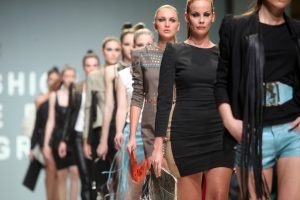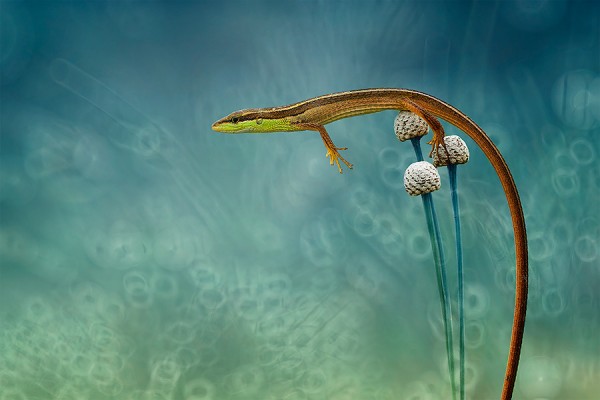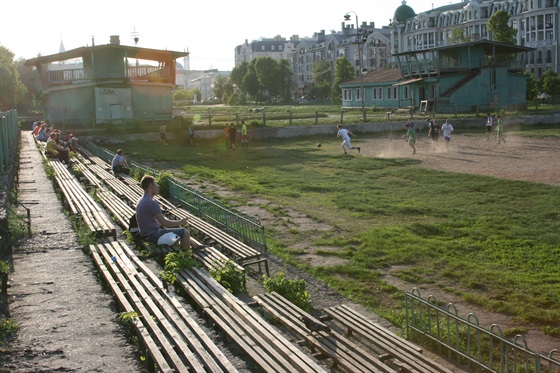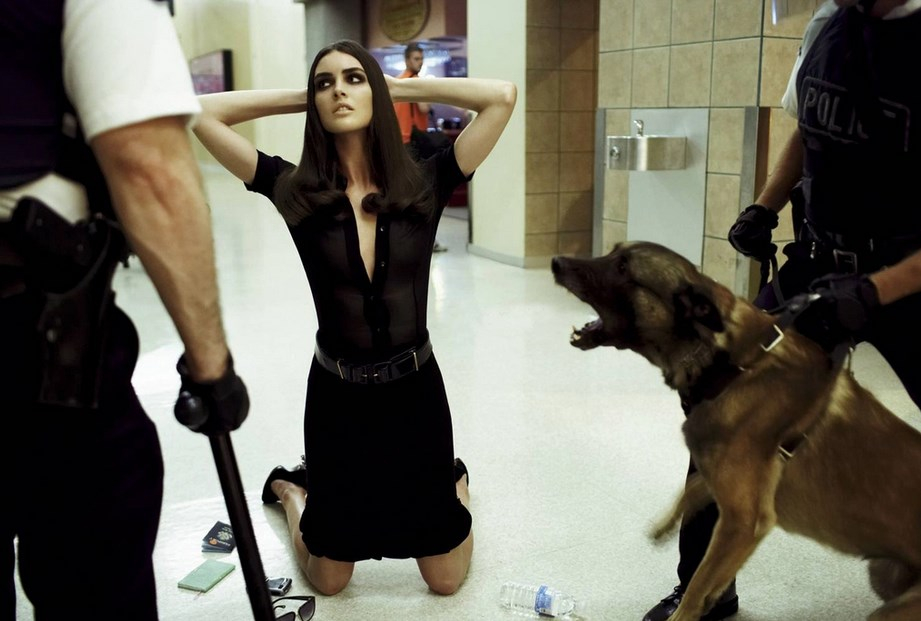this happening
TIPS FOR TAKING MOD SHOW
 Taking models on the catwalk is a skill that some take for granted, but few photographers do the job as well as they could. But your job at a fashion show is to somehow take perfect photos, while being in a crowd with other photographers, cliched like sardines in a bank, in a dark corner of a very hostile environment where most things are beyond your control.
Taking models on the catwalk is a skill that some take for granted, but few photographers do the job as well as they could. But your job at a fashion show is to somehow take perfect photos, while being in a crowd with other photographers, cliched like sardines in a bank, in a dark corner of a very hostile environment where most things are beyond your control.
Before we begin, remember that the purpose of catwalk photography is to provide a consistent set of quality images for designers or media publications covering an event in the fashion world. Qualitative!
how to photograph the catwalk fashion show
Now let’s move on to the specific ten tips (the order of significance is arbitrary). Continue reading
HOW TO OBTAIN BEST RESULTS BY REMOVING AN ULTRA-WIDE ANGLE LENS
 Today, most consumer DSLR lens kits are wide-angle. The 18 mm lens on the APS-C sensor camera (or 27 mm on the old 35 mm) is wide enough for most cases. Ultra-wide-angle lenses are characterized in that their focal length is less than 16 mm. It is here that new creative possibilities and new obstacles open up.
Today, most consumer DSLR lens kits are wide-angle. The 18 mm lens on the APS-C sensor camera (or 27 mm on the old 35 mm) is wide enough for most cases. Ultra-wide-angle lenses are characterized in that their focal length is less than 16 mm. It is here that new creative possibilities and new obstacles open up.
On crop sensor lenses, a focal length of 30-35 mm provides what we call the “normal” field of view, which is roughly equivalent to what the human eye sees. At 18 mm the field of view is almost two times wider, so it is possible to place many objects in the frame. At 12 mm you will again get 50% of the field of view, which is already very far from the “normal” – in this case, you need to turn your head to capture all the details. Continue reading
UV PHOTOGRAPHY – WHAT IS IT AND HOW TO DO?
 Ultraviolet photography is a genre that photographers use relatively little, despite the fact that the pictures are exciting and extraordinary. Why is this happening? We dare to assume that simply photographers unfamiliar with the intricacies of the process are scared in advance of the difficulties and the need for additional investments in equipment for ultraviolet photography. But in vain! Canadian macro photographer © Don Komarechka not only studies UV photography for himself, but also enthusiastically shares his knowledge with everyone who is interested.
Ultraviolet photography is a genre that photographers use relatively little, despite the fact that the pictures are exciting and extraordinary. Why is this happening? We dare to assume that simply photographers unfamiliar with the intricacies of the process are scared in advance of the difficulties and the need for additional investments in equipment for ultraviolet photography. But in vain! Canadian macro photographer © Don Komarechka not only studies UV photography for himself, but also enthusiastically shares his knowledge with everyone who is interested.
Most UV photography revolves around a world that we usually don’t notice because of its routine. Trying to look at simple objects through an “invisible prism” helps to get beautiful images – new and unusually entertaining with their outlandishness. Using UV light that is out of the range of human perception is a great way to start research and enter the world of ultraviolet photography. Continue reading




